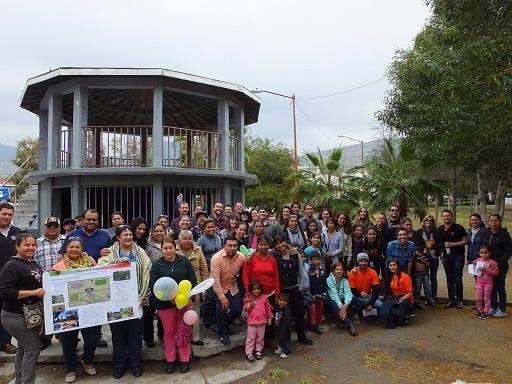Universities Lend a Hand with Sustainability
By Michaela Burns

San Diego State University geography students presented their proposed designs for the Ejido Matamoros park in Tijuana to community members who had the opportunity to provide their feedback on the designs.
There are hundreds of cities out there that can’t afford to commit staff or resources to social, economic, and environmental sustainability projects that could improve the health of communities. EPA is helping some of these cities leverage the expertise of local universities to reach sustainability goals by supporting Educational Partnerships for Innovation in Communities (EPIC) programs.
Through an EPIC program, cities can choose sustainability-related projects that university students can complete as part of coursework. This partnership has the double benefit of improving city health and giving students the chance to apply their knowledge to real-word problems.
Successful partnerships have addressed challenges such as storm water management, drought tolerance, and air quality. I wrote about some of these successes for Sciences Matters. Check out my article to learn more about EPA’s work with these amazing programs!
About the Author: Michaela Burns is an Oak Ridge Associated Universities contractor and writer for the science communication team in EPA’s Office of Research and Development.

